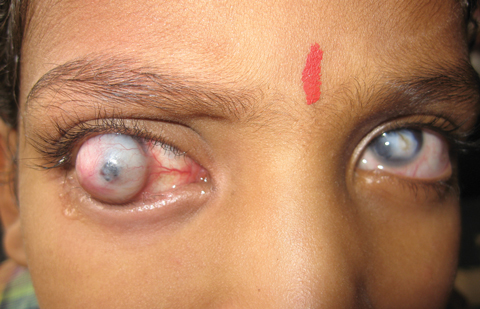- Sunil Karande1
- Sujit Jagtap2
- Richard T Le Mesurier1,2
- 1 Centre for Eye Research Australia and Department of Ophthalmology, University of Melbourne, Melbourne, VIC.
- 2 International Agency for the Prevention of Blindness Regional Office, Melbourne, VIC.
Correspondence: karandesunil@yahoo.com
- 1. Gracey MS. Nutrition-related disorders in Indigenous Australians: how things have changed. Med J Aust 2007; 186: 15-17. <MJA full text>
Online responses are no longer available. Please refer to our instructions for authors page for more information.





